Teacher Centred Vs Learner Centred Methods | Teaching Aptitude
Get Study Materials of General Studies for UPPSC ⇒ DOWNLOAD NOW
Here, you will learn about the teaching styles especially, teacher-centred and learner-centred (student) centred) approach of teaching. You will also get the concept, pros and cons, comparison between teacher vs student-centred approach and some other methods of teaching.
Teacher Centred and Learner Centred Methods
The term “teaching method” refers to the general principles, pedagogy, and management strategies used for classroom instruction.
Daniel K. Schneider thinks that teaching style refers to the teaching strategies and methods employed, including the use of certain kinds of rhetoric.
UNIT I – Teaching Aptitude (Click below on the topic to read the study
notes)
|
The term itself has no agreed definition but the more widely accepted definitions refer to it as:
“instructional format” (Siedentop, 1991)
“the general pattern created by using a particular set of strategies”
- Expert
- Formal Authority
- Personal Model
- Facilitator
- Delegator
Comparison of Five Teaching Styles
| Style | Description | Advantage/ Disadvantage |
| Expert | To read – Download Study Materials | Advantage:
Disadvantage: |
| Formal Authority | To Read – Download Study Materials | Advantage:
Disadvantage: |
| Personal Model | To Read – Download Study Materials | Advantage:
Disadvantage: |
| Facilitator | To Read – Download Study Materials | Advantage:
Disadvantage: |
| Delegator | To Read – Download Study Materials | Advantage:
Disadvantage: |
Behar-Horenstein (2006) and many other studies distinguish between:
- Teacher centred
- Student-centred (Learner Centred)
Daniel K. Schneider doesn’t feel that these 2 dimension reflect more recent theory. E.g. modern socio-constructivism (typically associated with “student-centred”) is very much teacher-led and can be highly scripted. In other words, it may be more interesting to talk about the amount of scaffolding, monitoring and tutoring provided.
Moston and Ashworth (1986) define according to Doherty (2003) a list of teaching methods. (Very Important)
- Style A –
- Style B
- Style C
- Style D
- Style E
- Style F
- Style G
- Style H
- Style I
- Style J
The above styles are intentionally blank. To get all 10 styles of teaching methods. Download the study materials
Teacher-centred Method
In teacher-centred methods, students put all of their focus on the teacher. You talk, and the students exclusively listen. During activities, students work alone, and collaboration is discouraged.
Pros
- When education is teacher-centred, the classroom remains orderly. Students are quiet, and you retain full control of the classroom and its activities.
- Because students learn on their own, they learn independence and make their own decisions.
- Because you direct all classroom activities, you don’t have to worry that students will miss an important topic.
Cons
- When students work alone, they don’t learn to collaborate with other students, and their communication skills may suffer.
- Teacher centred instruction can be boring for students. Their minds may wander, and they may miss important facts.
- Teacher centred instruction doesn’t allow students to express themselves, ask questions, and direct their own learning.
Learner-centred Method (Student Centred)
When a classroom operates with student-centred instruction, students and instructors share the focus. Instead of listening to the teacher exclusively, students and teachers interact equally. Group work is encouraged, and students learn to collaborate and communicate with one another.
- Students learn important communicative and collaborative skills through group work.
- Students learn to direct their own learning, ask questions, and complete tasks independently.
- Students are more interested in learning activities when they can interact with one another and participate actively.
Cons
- Because students are talking, classrooms may often be noisy or chaotic.
- Because the teacher doesn’t always deliver instruction to all students at once, some students may miss important facts.
- Some students prefer to work alone, so group work can become problematic.
Comparison of Teacher-Centred and Learner-Centred paradigms
(According to Learner-Centered Assessment on College Campuses by Huba and Freed 2000)
Teacher Centred and Learner Centred instruction
(According to Learner-Centered Assessment on College Campuses by Huba and Freed 2000)
| Concept | Teacher-Centered | Learner-Centered |
| Teaching goals | Cover the discipline | Students learn: – How to use the discipline , such as communication and information literacy skills |
| Organization of the curriculum | Courses in catalogue | Cohesive program with systematically created opportunities to synthesize, practice, and develop increasingly complex ideas, skills, and values |
| Course structure | Faculty cover topics | Students master learning objectives |
| How students learn | Listening Reading Independent learning, often in competition for grades |
· Students construct knowledge by integrating new learning into what they already know · Learning is viewed as a cognitive and social act |
| Pedagogy | Based on delivery of information | Based on engagement of students |
| Course delivery | · Lecture
· Assignments and exams for summative purposes |
· Active learning · Assignments for formative purposes· Collaborative learning· Community service learning· Cooperative learning · Online, asynchronous, self-directed learning · Problem-based learning |
| Course grading | · Faculty as gatekeepers
· Normal distribution expected |
Grades indicate mastery of learning objectives |
| Faculty role | · Sage on the stage | · Designer of learning environments |
| Effective teaching | · Teach (present information) well and those who can will learn | · Engage students in their learning
· Help all students master learning objectives · Use classroom assessment to improve courses · Use program assessment to improve programs |
Useful links
Social links
Useful links
Contact Us
Address: B 14-15, Udhyog Marg, Block B, Sector 1, Noida, Uttar Pradesh 201301
Alpha-I Commercial Belt, Block E, Alpha I, Greater Noida, Uttar Pradesh 201310



